“What is it that makes one place more than another home? Not length of stay. I think it is compatibility… The unseen spirit of a place has its deep desire and if it’s the same as yours then your small desire goes down like an anchor into the depths.”
Elizabeth Goudge, The Scent of Water
A few years ago, my husband and I were in the UK to visit some of the world’s most beloved gardens. It was a complete joy for me to physically walk in garden spaces that I knew so thoroughly by imagination from studying them for years in books and photos. I had drawn out the layouts of Great Dixter, Sissinghurst, Barnsley, and Hidcote years ago using a pencil and ruler so that I could really understand the spaces and how they lead people through them.
When actually standing on the uneven paths among the hodge-podge of dew-wet plants on those June mornings, I was struck by the realness of these places. In these famous, well-photographed gardens you can find gaps in the hedges and worn patches on the lawns. You can find plants that need cutting back, and other plants that are still waiting to grow. Real minerals and moisture make up these visionary places.


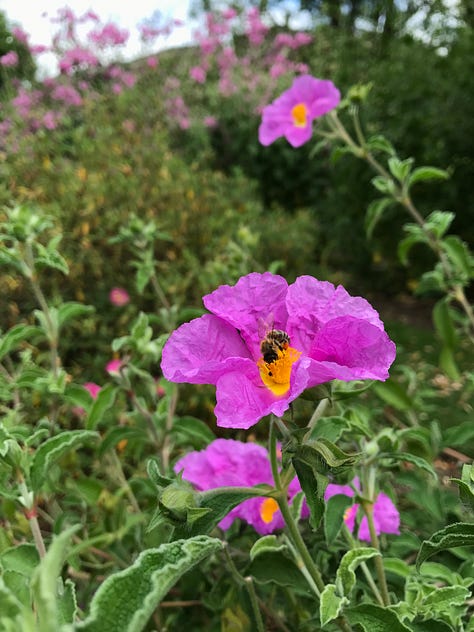
On this long-awaited trip, we also visited the homes of our most beloved British authors, which all happened to be located in Oxfordshire. As we walked around the homes of Flora Thompson, C.S. Lewis, J.R.R. Tolkien and Elizabeth Goudge, we were delighted to see how the existing gardens still retain the touch of their former owners. Each place is stamped with the personality and loves of its writer. Thompson’s childhood garden is still surrounded by the fields and hamlet cottages that she loved. Lewis’ place contains the excitement of discovery. Tolkien’s city garden is still a controlled, edited space. Goudge’s rose-covered cottage garden is a British idyll.
For each author, their garden was both fuel for their work and the working out of their own minds into the world. These were the places that made them who they were, and they also shaped their places. They knew the names of their plants, ate fruit and veg from their soil, and they basked in the quiet shade of their own trees.
When you have a garden, it can become part of your soul. When your soul is poured out in your art, sometimes the garden goes with it.

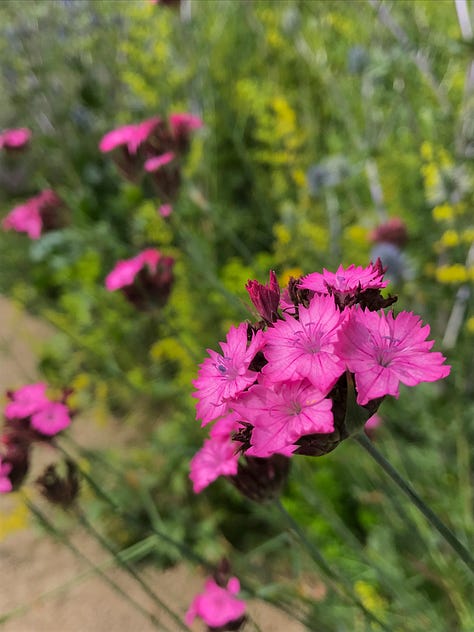
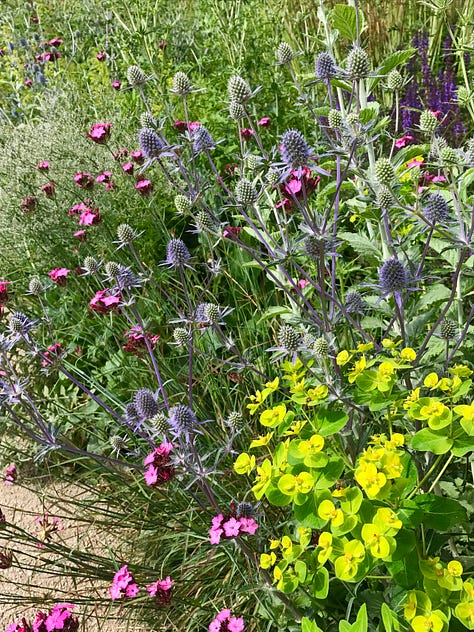
“We walked always in beauty, it seemed to me. We walked and looked about, or stood and looked… The place spoke for us and was a kind of speech. We spoke to each other in the things we saw.”
Wendell Berry, Jaber Crow
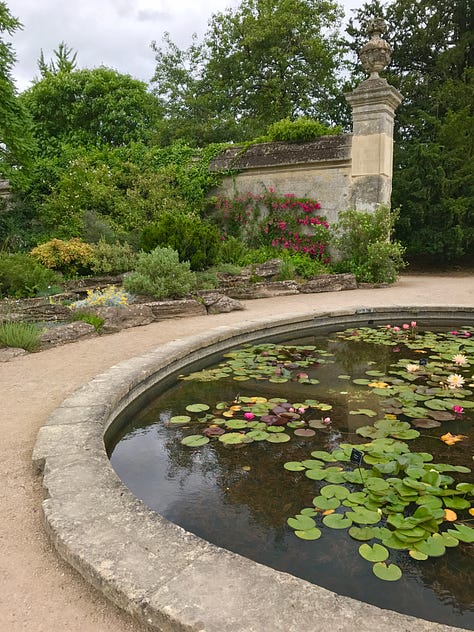
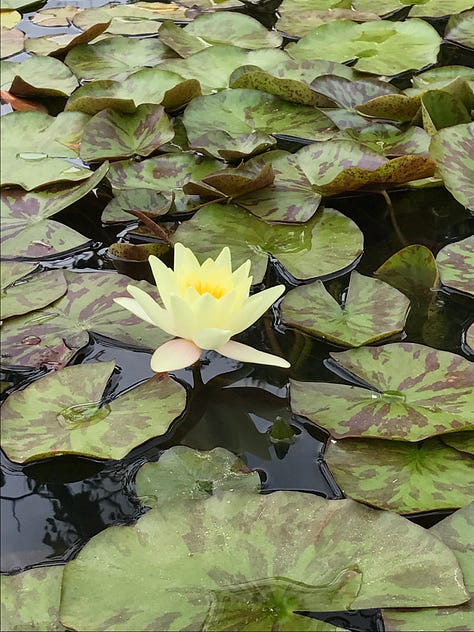

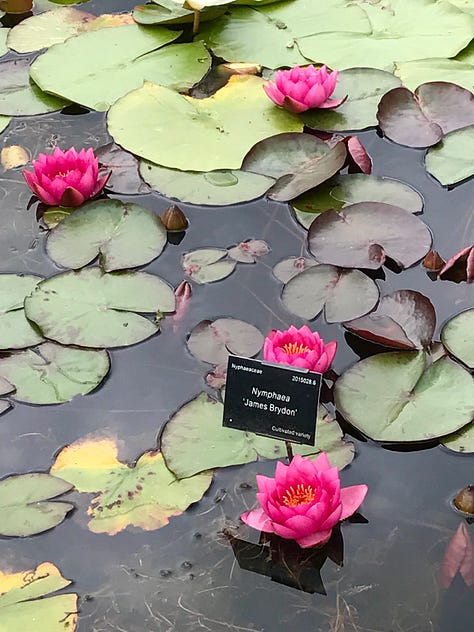


The photos in this post are of a few scenes and plants that we found on our visit to Oxford Botanic Garden in 2017.
🌿 Looking forward to sharing this series on my favorite Oxfordian authors with you over the next four weeks.
Oxfordian Author Gardens Series:
Introduction at Oxford Botanic Garden
Part 1: Flora Thompson’s Childhood Garden
Part 2: C.S. Lewis’ Garden at the Kilns
Part 3: J.R.R. Tolkien's Oxford Garden
Part 4: Elizabeth Goudge’s Garden





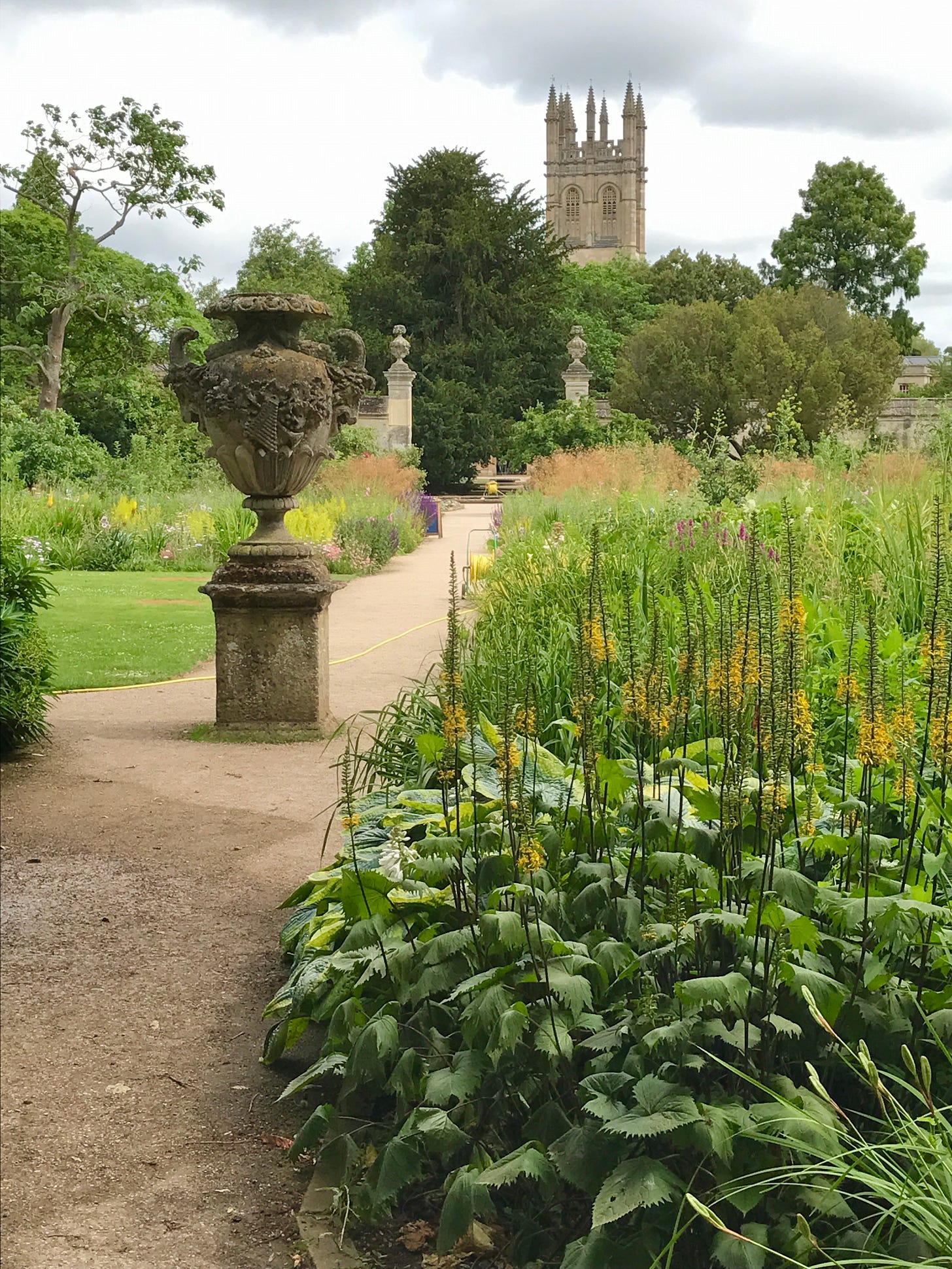

Someday, I hope!
I loved being able to read through this whole post. And the photos are like a breath of fresh air.
Delightful! I look forward to reading more about these gardens!